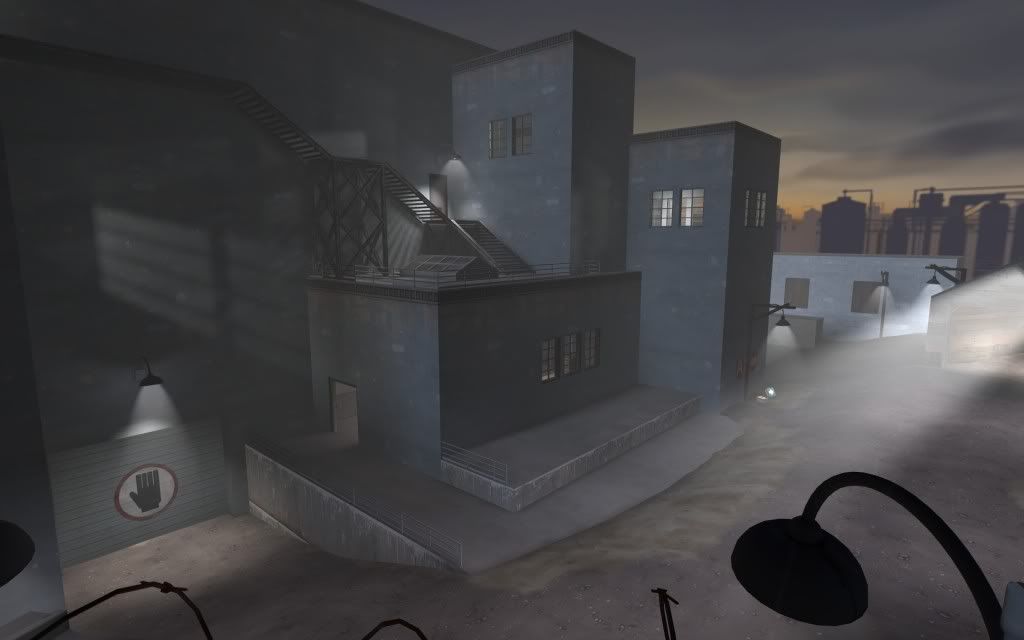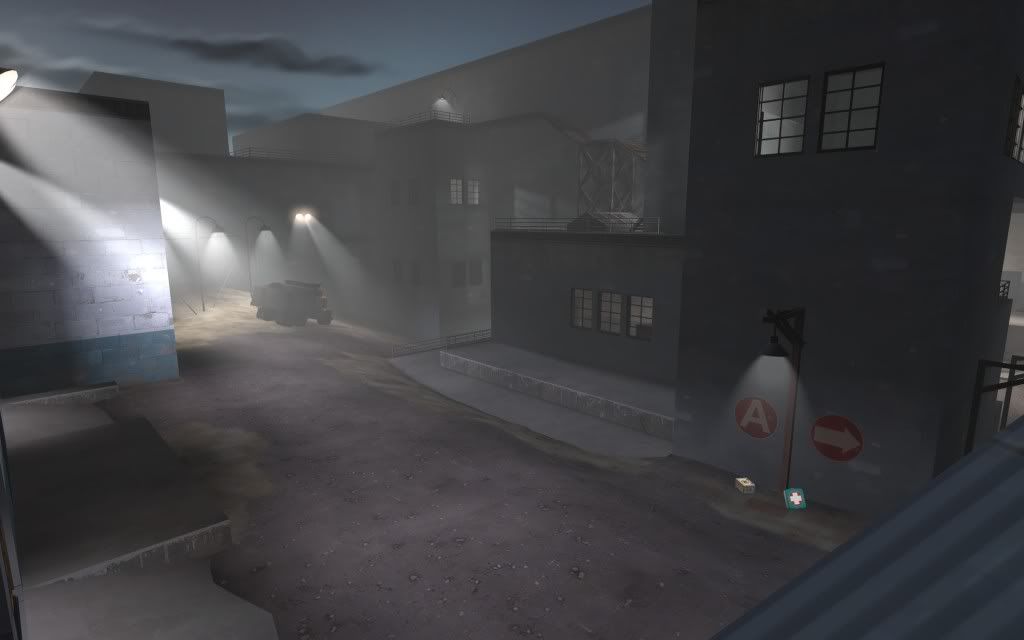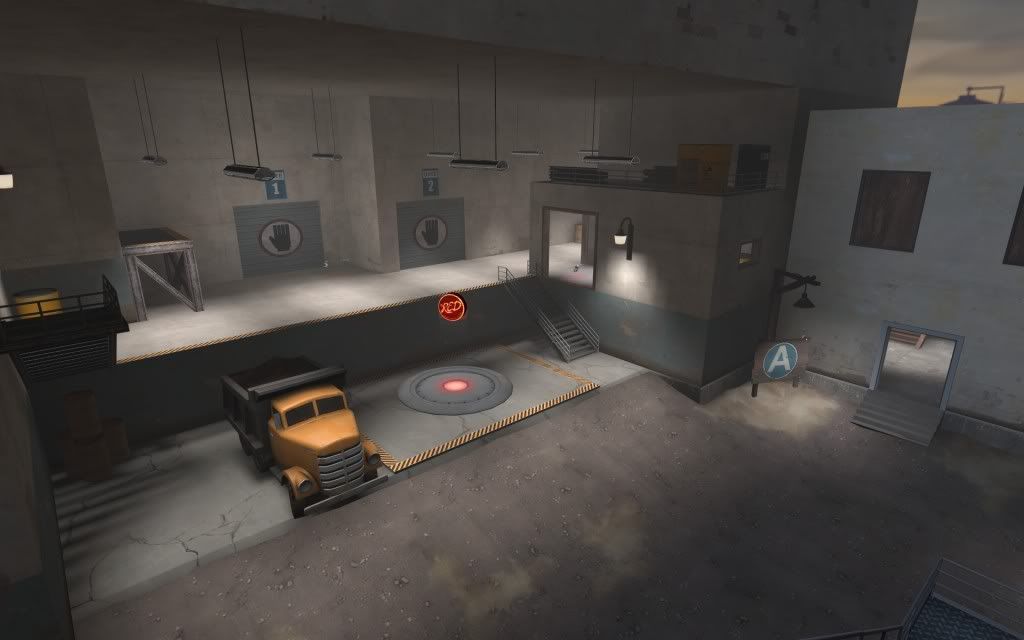In my recent forays into Starcraft 2 tactics I've come across Sean "Day9" Plott, who has a web stream (
Day9 daily) several times a week where he discusses strategies and tactics. While he doesn't cast a ton of games like other commentators, I watch most of his shows because since he pauses mid-game the strategic discussion has a lot more depth than other casters. He also does
hilarious intros, which you might or might not like.
Apart from his dailies he's written an article, "
The marginal advantage" that discusses expert play across several different games. While I recommend that you read the post in full, the focus of it (my interpretation) is that higher level players have a smaller edge on their opponents. A smaller edge takes longer to turn into a big enough difference to defeat your opponent (like a poker player has to play thousands of hands to realize their edge). As players learn to handle all the standard strategies you will have to invent new things to try and keep them off balance and try to force them to make the mistakes.
Instead of discussing it from a player's perspective like he does, I will try to approach the subject of marginal advantages from a designer's perspective. While his article discusses several genres of games, I will mostly write from a RTS standpoint and with Starcraft and Starcraft 2 as my major examples.
If balanced games make for interesting matches, where does the balance come from and how do we allow the marginal advantage without turning it into a slippery slope?
I will try to make the argument that
defender's advantage is a feature built into the Starcraft games and intentional or not, it makes for exciting matches. Most high-level players grasp intuitively that attacking someone too early is bad but I'm not sure they define why.
One of the things from the first Starcraft game that has been discussed to the second one is high ground advantage. Instead of having a flat percentage miss chance they've removed the ability to attack things you can't see. If you have vision there will be no reduction. I think this has a reason and a good one at that: defender's advantage. If two players had exactly equal economy and production, the one who killed a unit or two early on would eventually win because of higher damage. Defender's advantage works like a kind of equalizer, forcing players to get a bigger edge than the defender's advantage blocks.
Let's say two armies worth 100 points clash in the middle of a map. After the battle one guy has 55 while the other has 50, making one player have a 5 point edge. If you make the defender's advantage be worth 20 army points, if the player with the edge attacks he will lose more points attacking, making the action in the game be back and forth. Not until one player has a big enough edge to overcome both the opponent's army and their advantages will the game end.
A defender has more types of advantages available to them than high ground and the importance of all of them change as the game progresses. High ground is good for blocking off armies during the entire game but blocking vision becomes harder late-game since most armies usually include some flying unit. The races in Starcraft are designed to have different types of defender advantages. The zerg relies mostly on mobility and vision, terran are slow and can turtle up and and the protoss are somewhere in-between.
One advantage that becomes less important later on is the shorter reinforcement path. Having your opponent near your base means the units you build to counter his army show up earlier. In the beginning of the game every single unit is a bigger percent of your army and will make more difference as they pop out of your structures. Being closer to your own base allows you to pull workers away from the resources to work like temporary army units. Another slight effect is that it's easier to keep macro up in your own base, something that matters more at lower levels.
Scouting and intelligence is another factor that heavily influences your troop movements. It becomes more important later on as players get more bases and instead of just having one or two ways of attack you have several different choices. One of the features of the zerg is the creep which gives you vision. Spreading it out between your bases allow you to predict your opponent and make traps with flanking and/or burrowed units. Having your tanks pre-sieged in a good position as terran will make a significant difference.
As the game progresses, troop movement becomes an issue. This part of defender's advantage has different designs for the separate races. The zerg have creep for mobility and almost perfect vision. Protoss have invisible observers for vision and warp gates to teleport in units. Terran suffers a bit from having slow units but the medivacs are pretty easy to get and stimpacks let your infantry move quickly while sacrificing some health.
It is not a coincidence that most early advantages result in some kind of contain by the victor of the early battles and then a focus on economy. Since the defender's advantage is a big factor early on, instead of trying to overcome it taking a safer route is a way of maximizing your expected value. The edge itself is something that works like an economy in itself. You can sacrifice your army edge now to try and get an economical advantage, giving you a bigger army edge later or you can use your edge to attack. The attack might give you a bigger edge or hand it over to your opponent but either way it's usually riskier. If you think you have a skill edge, you want the game to take longer but if you think your opponent is better you want to push early edges hard and finish it off quickly.
Am I reading too much into things that are features in most of the games of the genre? I could be but if it hasn't been changed, there usually is a reason for it. Even if it was unintentional to begin with, the reasons why it's still there are solid. The easier it is to defend, the longer your games will last but don't make it big enough that games are lost long before they actually end. Defender's advantage should be a small thing but it really makes a difference.
Click for full post






